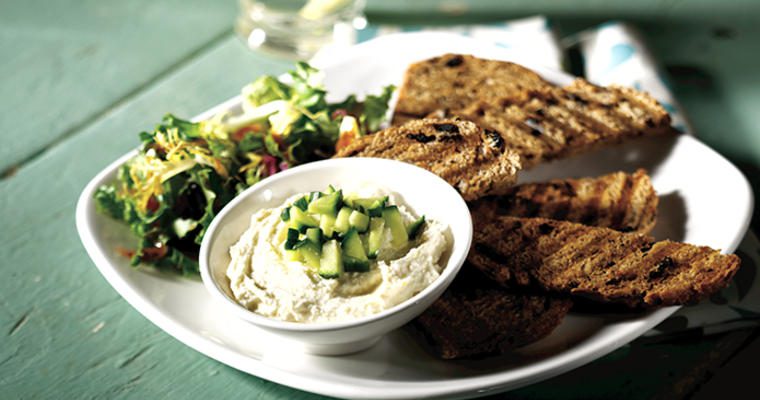Baby boomers are clear influencers in foodservice, making up 26 percent of the U.S. population. They also boast a remarkable purchasing power of $2.1 trillion. Although not as adventurous as younger generations, boomers are making flavor demands on both traditional and better-for-you fare. Like other generations, they are not willing to sacrifice flavor at the altar of health and wellness. Technomic Inc. reports that their flavor preferences are broadening as they look for feel-good food on foodservice menus today.
Menu language is a powerful marketing tool, and smart restaurateurs are keying into specific values, relaying them on their menus with well-chosen descriptors. Using buzzwords that appeal to boomers makes good business sense, evoking that all-important emotional connection and driving repeat traffic.
Healthy and Delicious
As boomers age, health and wellness are a growing concern. Diners in this demographic seek restaurants that provide nutrient-rich, better-for-you fare. To gain a competitive advantage, foodservice operators must make that healthier food craveable and delicious. This is where menu language is crucial, relaying both a health message and a flavorful one. Including practical terms like “low-calorie” and “low-sodium” will definitely show them that you’re providing them with what they need, but use enticing food words, too, like “citrus-infused,” “herb-encrusted,” and “fresh vegetables” to demonstrate attention to the overall flavor experience.
Cooking techniques offer buzzwords that convey healthier preparation in line with boomers’ menu needs while delivering a promise of developed flavors. “Wood-grilled,” “oak-charred,” and “cedar-roasted” are a few phrases that signal healthful and flavorful cooking. They also relay culinary craftsmanship, a value that today’s diners desire—no matter what their demographic.
Authenticity
Like most modern diners, boomers seek authentic dining experiences, looking for cues that someone is preparing their food with expert care and attention. Use your menu to express handmade techniques, such as “hand-crafted,” “house-pickled,” “freshly prepared,” and “freshly squeezed.” “Premium” and “homemade” are buzzwords that resonate with boomers, too, Technomic says. But, the report says, although they’re slightly more likely than younger generations to buy items labeled as “fresh,” they’re less willing to pay an upcharge for them.
Snacking
Small plates, shareable portions, and bar snacks are all trending in modern food service, but boomers are looking for smaller portions for different reasons than millennials, Gen X , or Gen Z. Instead of being driven by the social aspect of the trend, they may have smaller appetites, or prefer eating mindful snacks throughout the day rather than large meals. Whatever the motivation, use menu language to let them know you have engineered the menu to fit their dining habits. Choose menu buzzwords like “lighter fare,” “nibbles,” “bites” and “half-portions” to entice boomers.
Boomers are a dining demographic worthy of serious attention. Although not as headline-grabbing as the millennials and Gen Z, they represent a huge customer base. Understanding what words resonate with them will help attract and retain these diners.











